#tinctoria
Text

#nature#art#california#mendocino#sonoma#bay area#ink#printmaking#illustration#mokuhanga#woodblock print#Collinsia tinctoria#bay laurel#forest#dreams#obliteration
35 notes
·
View notes
Video
n552_w1150 by Biodiversity Heritage Library
Via Flickr:
English botany, or, Coloured figures of British plants /. London :R. Hardwicke,1863-1886.. biodiversitylibrary.org/page/12445123
#Great Britain#Pictorial works#Plants#New York Botanical Garden#LuEsther T. Mertz Library#bhl:page=12445123#dc:identifier=https://biodiversitylibrary.org/page/12445123#flickr#isatis tinctoria#woad#dyer's woad#glastum#Asp of Jerusalem#botanical illustration#scientific illustration
11 notes
·
View notes
Text

初めて見ました。雨に濡れて綺麗に咲いていた、
「タイワンコマツナギ(台湾駒繋)」と言う名前の
ピンク色の花。
別名:ニワフジ(庭藤)。
欧文名:Indigofera tinctoria
28 notes
·
View notes
Text
TOM GOBART YOU ARE NOT SEEING THE PEARLY GATES EITHER /JOKING
#IM JK i love tom's writing. he made my favourite pieces of krosmoz media#between cire momore dofus arena manga and brumen tinctorias..... this dude has a talent for tragic stories im so serious#the words of a ukulele
2 notes
·
View notes
Text
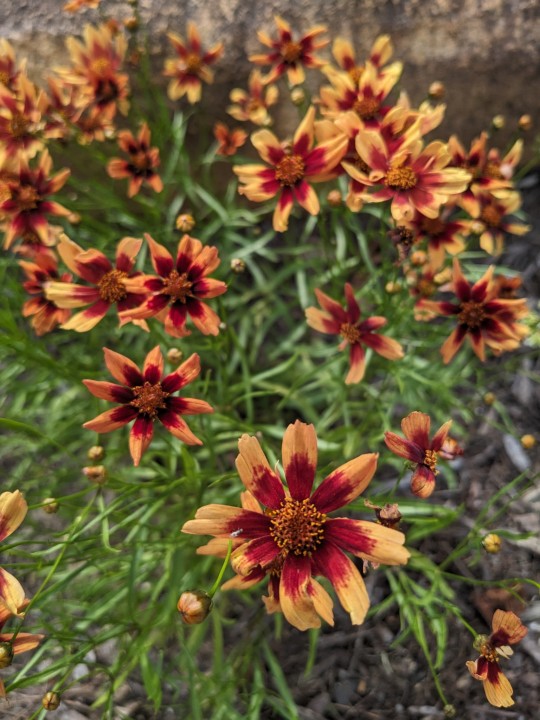
Coreopsis tinctoria / Plains Coreopsis
#Coreopsis tinctoria#Plains Coreopsis#Coreopsis#Garden tickseed#Golden tickseed#Tickseed#Calliopsis#Native plants#Native flowers#Nature photography#Flowers#Durham NC#Durham#North Carolina#Home
2 notes
·
View notes
Text
Noni
O noni, cujo nome científico é Morinda citrifolia L., é uma fruta originária do Sudeste da Ásia, Indonésia e Polinésia, sendo muito usada nesses países devido às suas supostas propriedades medicinais e terapêuticas. Manuel Reis – Tua Saúde. fev 2024
O gênero Morinda compreende 50-80 espécies de plantas localizados na faixa tropical da África, Austrália e Ásia. O noni é nativo da Ásia (faixa…
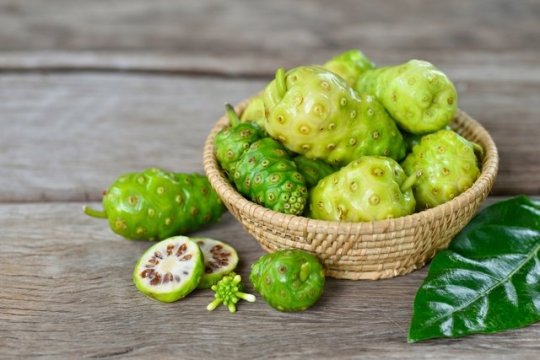
View On WordPress
#A casa do agricultor#açúcar sugar alto teor de açúcar#anti-inflamatória#antimicrobianas e hipoglicemiantes#antioxidante#antioxidantes#Austrália e Ásia faixa costeira de Índia# Morinda bracteata Roxb.# Morinda officinalis F.C. How China ba ji tian MTC# Morinda tinctoria Noronha# sensação de mal estar danos aos rins fígado# Sinonímias: Morinda asperula Standl.#útero fertilidade#bioquímico Ralph Heinicke investigação da fruta noni 1985#BOTSARIS 1995#cheesefruit#combate ao envelhecimento precoce aumento da imunidade#composto extraído das raízes de noni propriedades anticancerígenas#crescimento de tumores glândulas mamárias#doce e amornante#doença hepática gordurosa não alcoólica (DHGNA) e diabetes tipo 2#efeitos relaxantes do tono muscular uterino#erva adstringente urina#Evidência científica#faixa tropical da África#fruta originária do Sudeste da Ásia#gestação último mês#graviola fruta-do-conde#Hawaii e Austrália#hipo-tensora arterial e anticancerígena
0 notes
Text
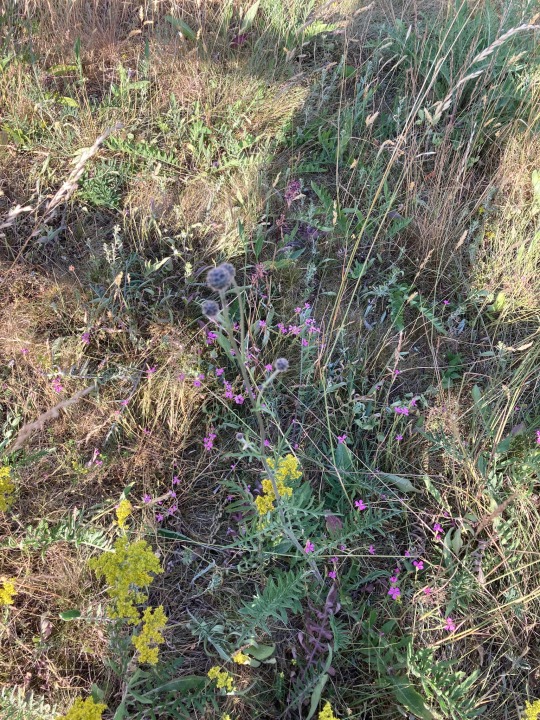

1 note
·
View note
Text

"In the moonlight shadow" what a song
https://youtu.be/e80qhyovOnA?si=kMlV1HLnZA9gNl2a
0 notes
Text
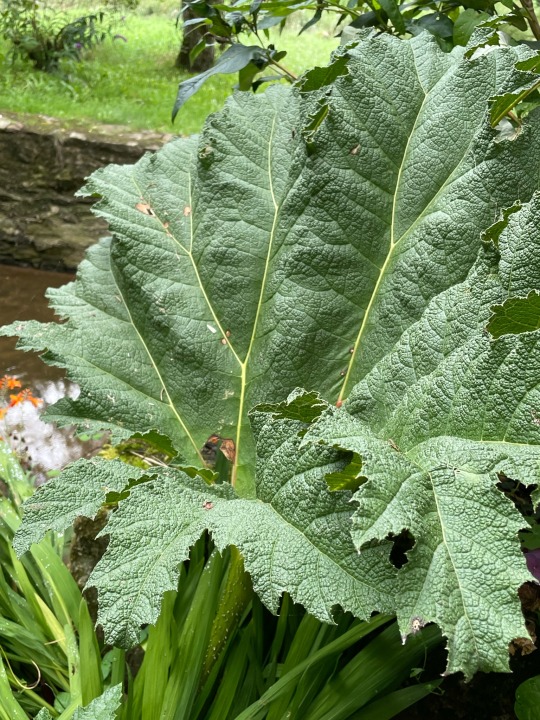


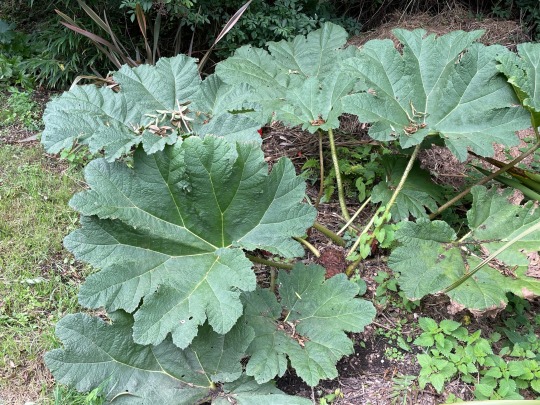
0 notes
Text

Coreopsis tinctoria (garden tickseed)
This flower, also known as golden tickseed and calliopsis, is native to Canada, northern Mexico, and the United States - particularly the Great Plains and southern states. It grows around 30-100 cm tall and flowers in the mid-summer months. While it prefers sandy, we’ll drained soil and full sun, it can grow in many soil types and in partial shade.
Garden tickseed was used by the Native American Zuni people to make mahogany-color yarn dye. It was also used to make a hot drink until the introduction of coffee.
0 notes
Text



flag id: two flags with 4 stripes. the left flag's stripes are dark pink-purple, purple-pink, soft pinkish-red, and light red-orange. the right flag's stripes are dark indigo, indigo, turquoise, and light teal. end id.
banner id: a 1600x200 teal banner with the words ‘please read my dni before interacting. those on my / dni may still use my terms, so do not recoin them.’ in large white text in the center. the text takes up two lines, split at the slash. end id.
orchellian | tinctorian
orchellian: someone who is attracted to those who are women, woman-aligned, woman-adjacent, etc., but are not fully binary women
tinctorian: someone who is attracted to those who are men, man-aligned, man-adjacent, etc., but are not fully binary men
[pt: orchellian: someone who is attracted to those who are women, woman-aligned, woman-adjacent, etc., but are not fully binary women
tinctorian: someone who is attracted to those who are men, man-aligned, man-adjacent, etc., but are not fully binary men. end pt]
anon asked for a term for attraction to those who aren't fully binary women and i figured i'd coin a male counterpart! these terms aren't necessarily exclusive (ex: someone attracted to not-fully-binary women and men can be orchellian) and can be used by any gender.
the flags use colors adjacent to the colors i typically use for women and men - purple-leaning pink and red rather than red-leaning pink for orchellian, indigo and turquoise rather than sky blue for tincturian.
the terms are from 'orchella', a term historically used for certain plants that were used to make purple and red dyes, and 'tinctoria', from two species of plants that were used to make indigo dye!
tags: @radiomogai | dni link
80 notes
·
View notes
Text
LIST OF ENDANGERED PLANTS
(This is a list of common herbs in witchcraft that are endangered)

CRITICALLY ENDANGERED:
Elephant Tree – Bursera microphylla
False Unicorn – Chamaelirium luteum
Lady’s Slipper Orchid – Cypripedium spp.
Peyote – Lophophora williamsii
Sandalwood – Santalum spp. (Hawaii only)
Sundew – Drosera spp.
Trillium, Beth Root – Trillium spp.
Venus Fly Trap – Dionaea muscipula
AT RISK:
American Ginseng – Panax quinquefolius
Black Cohosh – Actaea racemosa
Bloodroot – Sanguinaria canadensis
Blue Cohosh – Caulophyllum thalictroides
Butterfly Weed – Asclepias tuberosa
Cascara Sagrada – Frangula purshiana
Chaparro – Castela emoryi
Echinacea – Echinacea spp.
Gentian – Gentiana spp.
Goldenseal – Hydrastis canadensis
Goldthread – Coptis spp.
Kava – Piper methysticum (Hawaii only)
Lomatium – Lomatium dissectum
Maidenhair Fern – Adiantum pedatum
Mayapple – Podophyllum peltatum
Oregon Root – Berberis spp.
Osha – Ligusticum porteri
Palo Santo - Bursera graveolens
Partridge Berry – Mitchella repens
Pink Root – Spigelia marilandica
Pipsissewa – Chimaphila umbellata
Ramps – Allium tricoccum
Slippery Elm – Ulmus rubra
Squirrel Corn – Dicentra canadensis
Stone Root – Collinsonia canadensis
Stream Orchid – Epipactis gigantea
True Unicorn – Aletris farinosa
Virginia Snakeroot – Aristolochia serpentaria
White Sage – Salvia apiana
Wild Indigo – Baptisia tinctoria
Wild Yam – Dioscorea villosa
Yerba Mansa – Anemopsis californica
"IN REVIEW"
Arnica – Arnica spp.
Chaga – Inonotus obliquus
Eyebright – Euphrasia spp.
Ghost Pipe – Monotropa uniflora
Lobelia – Lobelia inflata
Skunk Cabbage – Symplocarpus foetidus
Solomon’s Seal – Polygonatum biflorum
Wild Cherry – Prunus serotina
(source)
But Grimsley, what ever else will I use?
ALTERNATIVES
(these are just suggestions)
Rosemary (you can get it in a stick like sage)
Lavender
Dried flowers like Roses, Hibiscus, Jasmine, Chrysanthemum, Chamomile, Marigolds, Cornflower, Peony
Rose Hips
Incense (there's a wide variety and easy to make yourself, may be more potent than white sage alone so i would use incense. all you need is makko powder and essential oils and a stick to wrap it all up in)
Essential oils
Black Salt
White Salt
Mugwort
White Willow Bark
Acorns
Cinnamon Sticks
really it all comes down to what you correspond what to what. rosemary can almost totally replace white sage. lets leave the sacred herbs to who they actually belong to.
18 notes
·
View notes
Video
n578_w1150 by Biodiversity Heritage Library
Via Flickr:
English botany, or, Coloured figures of British plants / London :R. Hardwicke,1863-1886. biodiversitylibrary.org/page/32601386
#Great Britain#Pictorial works#Plants#University Library#University of Illinois Urbana Champaign#bhl:page=32601386#dc:identifier=https://biodiversitylibrary.org/page/32601386#flickr#botanical illustration#scientific illustration#dyer's woad#isatis tinctoria#woad#glastum#Asp of Jerusale
1 note
·
View note
Text
A Blue Dress

Between the 13th and 14th centuries, the blue dye was the most widely used. Obtaining the dye is rather simple, as the ford (Isatis Tinctoria) is a plant that is easily cultivated in Europe, but the dye thus obtained will later turn out dull and greyish. The ford-dyed clothes are in fact used by the low people. Those of the nobility, on the other hand, are dyed with indigo, which is expensive and difficult to obtain, and which produces a bright, brilliant blue so that the colour holds, a fundamental requirement for a garment intended for the nobility.
In the Late Middle Ages, blue replaced royal red in the Virgin Mary's cloak, becoming a colour symbol of justice, loyalty and spirituality. In the West it then became a symbol of royalty, used by nobles and sovereigns during important ceremonies and events. In the Renaissance it was the colour used by a young woman of marriageable age. Unlike the colour pink, which is particularly expensive and considered a manly colour due to its resemblance to the colour of blood, it is blue that dominates in women's wardrobes.
House of the Dragon is no exception, as most of the female characters wear a blue dress on at least one occasion. I had already talked in my previous posts on the clothing of Helaena, Alicent and Rhaenyra about the common thread of these three characters created by the use of the colour blue (if it had been used more judiciously), but this time I want to analyse its use in the series.
In fact, I found it extremely interesting to have the three green queens (i.e. Alicent, Helaena and Jaehaera) wear it, as it seems to be a well considered and precise choice, representing a breaking point for the character and an (unfortunately traumatic) loss of innocence.
Alicent Hightower
In the first scenes with Alicent, we meet her in a dress in shades of light blue. Considering then that Rhaenyra wears a yellow dress, it almost seems that the princess represents a sun, a fixed point in Alicent's life (unfortunately the series has made them best friends), whereas Alicent's dress has the colours of a spring sky.
Blue is a predominant colour in young Alicent's wardrobe, never used again after her marriage to Viserys, where in fact she wears Targaryen red and Hightower green. Alicent wears a blue dress twice, in a darker and deeper shade than her previous dress. In the first she is in the company of Viserys, in one of their private meetings, in the second she is at the session of the small council where her marriage to Viserys is announced.
As I mentioned in her posts, I associated the colour blue with her mother (a Redwyne from Arbor) but in the series it represents her breaking point, the transition from maiden to married woman sanctioned by marriage, in which a woman transitions to the role of wife and mother (a transition well rendered in the following episode, where we find Alicent mother of Aegon and pregnant with Helaena). In fact, we will never again see Alicent wearing blue in the series.
Rhaenyra Targaryen
Yes, it seemed right to talk about her as well. Even though the message conveyed is totally the opposite. There's only one scene in which we see her wearing a blue dress (light blue actually, but I'd say we can consider blue diluted with white, come on) and it's right after Joffrey's childbirth, when Rhaenyra decides to go herself to Alicent and Viserys with the newborn.
I've noticed that many associate that dress with the colours of the Arryns (coupled, among other things, with the strong physical resemblance between Rhaenyra's actress and Aemma's), but I actually think that the blue symbolizes instead Rhaenyra's bond with the Velaryons, and consequently the one that Joffrey has (or rather, should have) with his brothers.
Rhaenyra is perfectly aware of her precarious situation. Viserys can invent all the most ridiculous excuses to justify the children's (non) resemblance to Laenor, but Alicent as well as many other people are by no means blind or stupid. Wearing that dress is therefore a clear demonstration of power, a symbol of the bond with the Velaryons and of the affiliation of Rhaenyra's children to that house.
It is a diametrically opposed message to that of Alicent, where blue is the predominant colour in her youthful clothes. Rhaenyra, on the other hand, wears it as an adult, which is a pity because we never see her in the series emphasise her kinship with the Arryn through the colours of her mother's house.
Helaena Targaryen
Like Rhaenyra, Helaena also wears a single blue dress. Incidentally, this is a moment in which she should have been one of the undisputed protagonists, since it is Aegon's coronation scene and consequently should also have been hers, being his wife.
The choice of colour is very peculiar, especially considering the context (it is the moment of greatest emphasis and demonstration of power of the greens) and the colour choices of the other family members. Helaena is also positioned next to Aemond, who is dressed in black, so the subtlety of the colour particularly stands out and stands out as a touch of light, contrasting with the sombre tones of the other characters' clothes.
I have already spoken at length in her posts about why blue is Helaena's colour, as it is the colour of her dragon Dreamfyre, but given the colour choices of her previous outfits (as a child she wears pink and green, and as an adult she has a single gold dress) dressing Helaena in blue during Aegon's coronation makes her appear out of context.
I love that they dressed her in blue, but first of all the power of the scene is interrupted by Meleys and Rhaenys and it is not clear why of all colours Helaena wears blue (a green dress would have been more appropriate). At least at first glance, becausejust as with Alicent here is Helaena's breaking point, her transition from princess to queen.
Unfortunately, the series decided not to crown her, but Helaena is the queen. A queen whose power in fact turns out to be practically nil. In the series the characterization given to Helaena seems to render her incapable of making decisions in the political sphere, where instead in the books we see her attending councils and advising Aegon. Yet, we know very well what her fate will be, when she will be forced to choose which of her children shall die, a decision that will drive her to madness. Who knows, by the way, how they will decide to dress her for that scene…
Jaehaera Targaryen
Here we enter the realm of pure speculation, but I will say right away that I love this dress. I love that Helaena has dressed her daughter in blue and I love that the embroidery and motifs on the dress resemble those on her mother's dress. I find this extremely adorable and tender.
However, my likely theory is that Jaehaera wears this dress during that scene. My heart aches already. It is one of the most horrific moments in the Dance of Dragons, where Jaehaera is threatened with rape and witnesses the murder of her brother Jaehaerys.
Exactly as with her grandmother and mother, it is a breaking moment. We don't know how Jaehaera actually reacted to what is a real trauma, but certainly losing her (probably) only parental figure of reference and her twin, then having to flee her home to save her life, coupled with the fact that your family members are literally killing each other... No wonder then that during her marriage to Aegon III she spent her days locked in her rooms.
What about the loss of innocence?
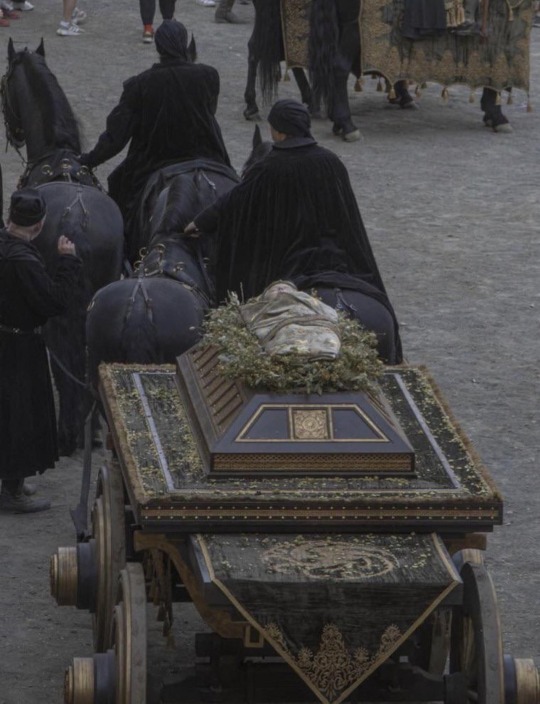
Tragedy, help. Even Jaehaerys cover seems to have the same motifs as Helaena and Jaehaera's outfits. I'm going to go cry in a corner and recover from this decidedly delusional post, I confess.
#medieval dress#hotd#house of the dragon#fire and blood#alicent hightower#helaena targaryen#jaehaera targaryen#the green queen#asoiaf#rhaenyra targaryen#the greens
29 notes
·
View notes
Text

"Natural indigo is obtained from indigo bearing plants, the most significant one being indigofera tinctoria. This shrub grows wild and is cultivated in tropical areas throughout the world."
37 notes
·
View notes
Text



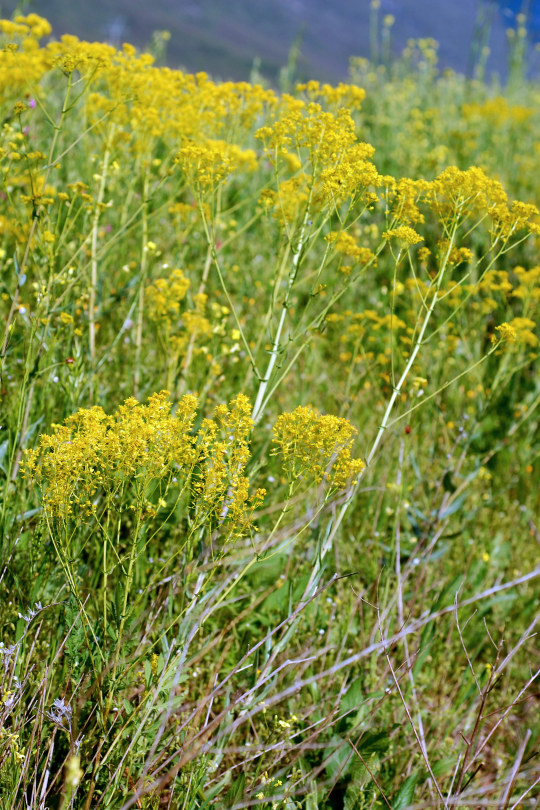
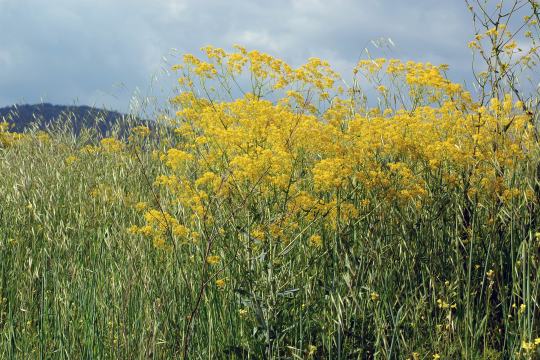
I – Isatis tinctoria L. – Guado (Brassicaceae)
17 notes
·
View notes